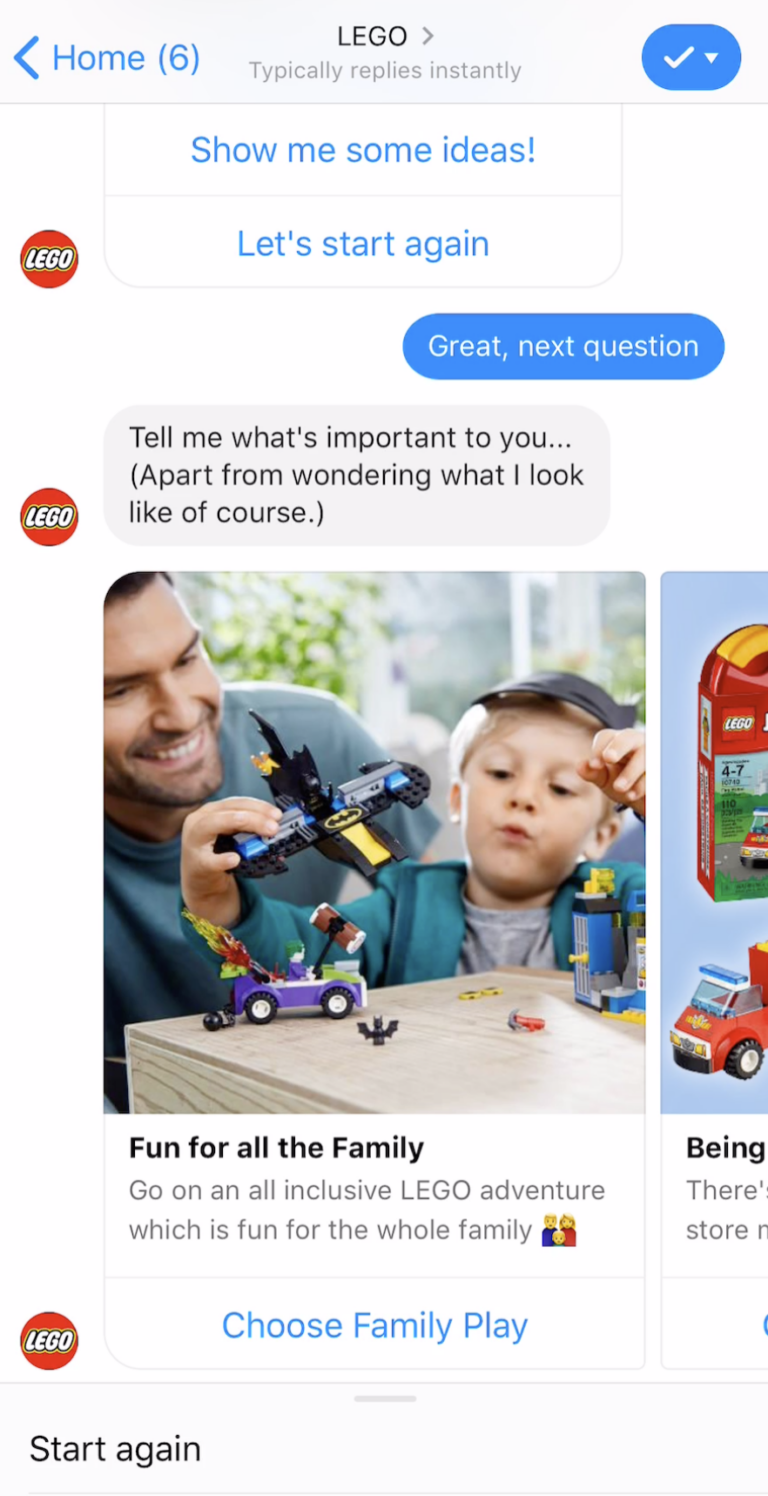
How to use marketing automation for e-commerce

In the fast-paced world of e-commerce, the pressure to innovate to stay ahead of the competition is intense. Automation is a real game-changer when it comes to innovating the way you market your online store. There are a few better ways to streamline your efforts, enhance customer experiences, and drive revenue growth all at once! Here’s how you can use automation for e-commerce:
What is marketing automation?
Marketing automation is used to talk about a range of software platforms and tools that automate repetitive marketing tasks and workflows. Some of the key parts of your e-commerce business you can automate are:
- Email marketing campaigns (for example, welcome emails, abandoned cart reminders, and order confirmations)
- Personalised product recommendations based on customer behaviour
- Lead generation & nurturing processes
- Customer segmentation
- Targeted marketing; PPC ads
- Social media scheduling & management
Your first priority: email marketing
Email marketing continues to be a powerful tool in the e-commerce world, but we know it can be hard to keep on top of the number of emails your store should be sending. Enter email marketing automation! With the right customer relationship management (CRM) software, you can set up personalised email sequences triggered by specific actions or events. This means you’re talking to the right people at exactly the right moment, which can significantly improve engagement and will drive conversions.
These sequences can include welcome emails, abandoned cart reminders, order confirmations, upsell offers, and more. Let’s delve deeper into some effective email examples that you can automate:
a) Welcome emails: when a customer subscribes to your newsletter or creates an account on your platform, an automated welcome email should be triggered. This email sets the tone for the customer’s journey with your brand. It can include a warm greeting, a brief introduction to your brand, and a special offer or discount to encourage their first purchase. Personalising the email with the customer’s name and showcasing your brand’s unique value proposition can leave a lasting impression.
b) Abandoned cart reminders: cart abandonment is a common challenge for e-commerce businesses. An automated abandoned cart email can be sent to customers who leave items in their carts without completing the purchase. This email serves as a gentle reminder and can include a personalised message about the abandoned items, along with compelling product images, descriptions, and a clear call-to-action to encourage customers to complete their purchase. Offering an incentive like free shipping or a limited-time discount can effectively entice them back to your website.
c) Order confirmations and shipping updates: after a customer completes a purchase, an automated order confirmation email can provide reassurance and build trust. This email can include the order details, shipping information, and an estimated delivery date. As the order progresses, sending automated shipping updates with tracking information will keep customers informed and engaged, ensuring a positive post-purchase experience.
d) Cross-sell and upsell emails: marketing automation for e-commerce allows you to analyse customer purchase history and behaviour to send personalised cross-sell and upsell emails. For example, if a customer purchases a camera, you can send them an automated email suggesting complementary accessories such as lenses, tripods, or camera bags. By showcasing products related to their previous purchase, you can increase the chances of driving additional sales and maximising the customer’s lifetime value.
e) Re-engagement emails: for customers who haven’t visited your website or made a purchase in a while, automated re-engagement emails can be sent to reignite their interest. These emails can include personalised offers, product recommendations, or updates on new arrivals, prompting customers to return to your website and make a purchase.
The essential automations: website experience & product recommendations
Your website is the virtual storefront of your e-commerce business, and marketing automation can help personalise the website experience for each visitor. Using data collected from past interactions, you can dynamically display content, product recommendations, and promotional offers tailored to each user. Here are a few examples of how you can achieve this:
a) Personalised homepage: when a customer visits your website, you can dynamically display personalised content based on their previous interactions, purchase history, or preferences. For example, showcasing new arrivals or promotions that align with their past purchases or browsing behaviour creates a more engaging and relevant experience.
b) Exit intent pop-ups: when a visitor is about to leave your website, you can leverage exit intent pop-ups to grab their attention and provide personalised offers. These pop-ups can include exclusive discounts, limited-time promotions, or other personalised recommendations to entice visitors to stay on the site and make a purchase.
By analysing customer purchase history, behaviour, and preferences, you can also automate the process of suggesting relevant products to individual customers. This not only enhances the customer experience but also increases the chances of cross-selling and upselling, thereby maximising your revenue potential. Here are some ways to effectively leverage this feature:
a) “Customers who bought this also bought”: you can automatically generate recommendations for customers based on what similar customers have bought. Including these recommendations on product pages or in post-purchase emails encourages customers to explore related products, increasing the likelihood of cross-selling.
b) “You may also like”: this type of recommendation utilises customer behaviour data, such as browsing history and items added to the wishlist, to suggest products that align with their interests and preferences. By dynamically displaying these recommendations on your website or in personalised emails, you can enhance the customer experience and inspire additional purchases.
c) “Recently viewed items”: reminding customers of products they recently viewed but didn’t purchase can reignite their interest. By automatically displaying these items in emails or on the website, you remind customers of their potential desire and create opportunities for conversions.
An easy win: streamlining social
Social media platforms also play a vital role in e-commerce marketing, and automation can streamline your social media efforts. With marketing automation tools, you can easily schedule and publish posts across multiple platforms, monitor brand mentions and engagement, and even automate ad campaigns. This not only saves time but also ensures consistent and targeted messaging, allowing you to effectively reach your audience and build a strong online presence.
Another great example of marketing automation for social is a Messenger (Meta) Chatbot. It’s an automated messaging tool integrated into the Messenger app and uses artificial intelligence (AI) to converse with people. Back in 2017, when LEGO introduced a chatbot Ralph around the holiday season, this resulted in some seriously impressive marketing metrics:
- 3.4X higher return on ad spend for click-to-Messenger ads (compared to ads that are linked to the LEGO website)
- 71% lower cost per purchase when clicking through to the Messenger experience
- 1.9X higher value for website purchases made from click-to-Messenger ads

We can see that the Messenger chatbot can help your e-commerce business by providing instant customer support, offering personalised product recommendations, recovering abandoned carts, generating leads, collecting feedback, and improving overall efficiency and customer satisfaction, so you should definitely consider implementing it.
What next?
Marketing automation has become an essential tool for e-commerce businesses looking to thrive in the digital landscape. Implementing a well-rounded marketing automation strategy, from audience segmentation to personalised campaigns and optimisation, can unlock the full potential of your e-commerce business. If you’re unsure where to start, contact us to discuss how your business can embrace the power of marketing automation for e-commerce and maximise ROI.
